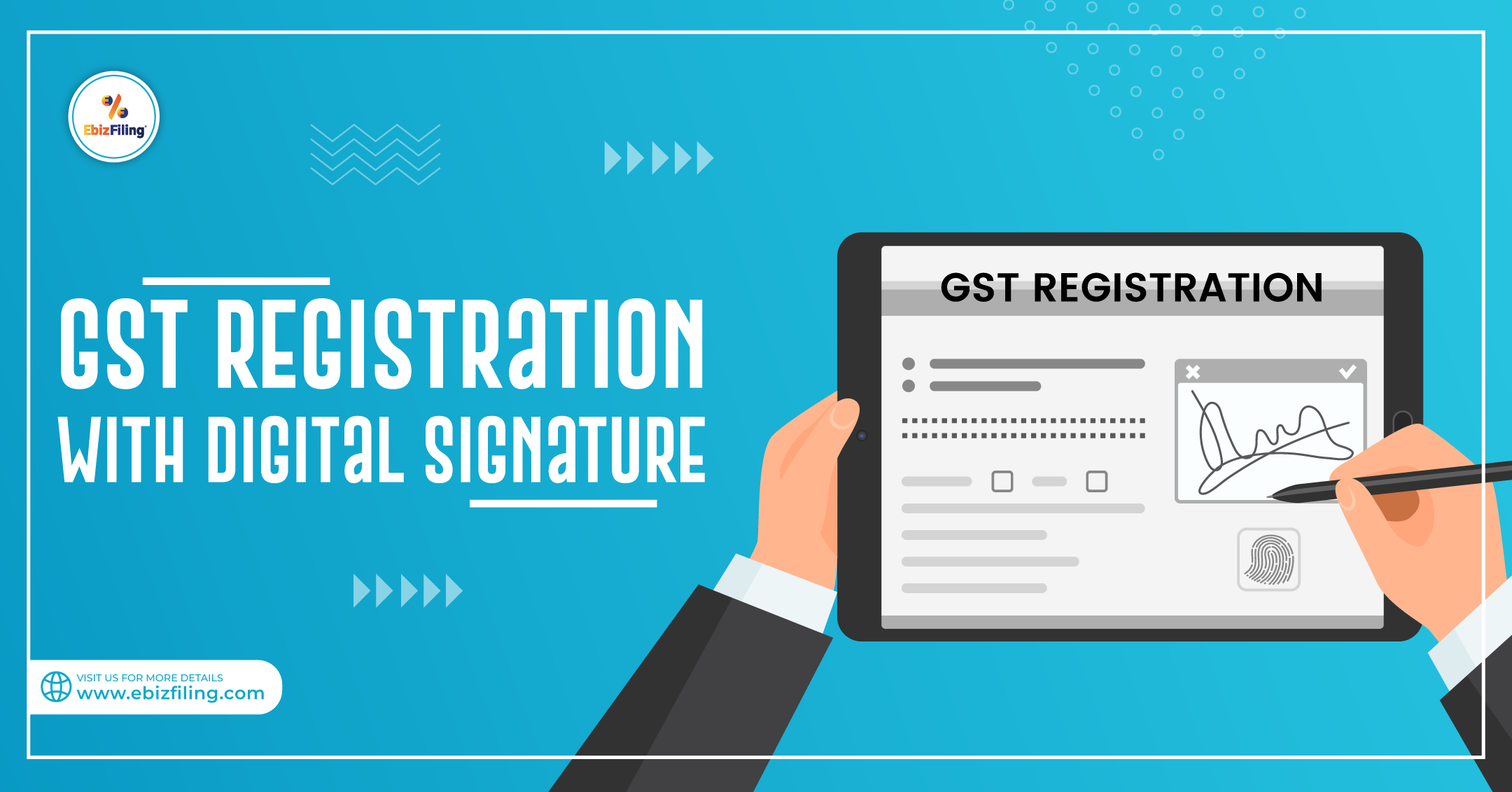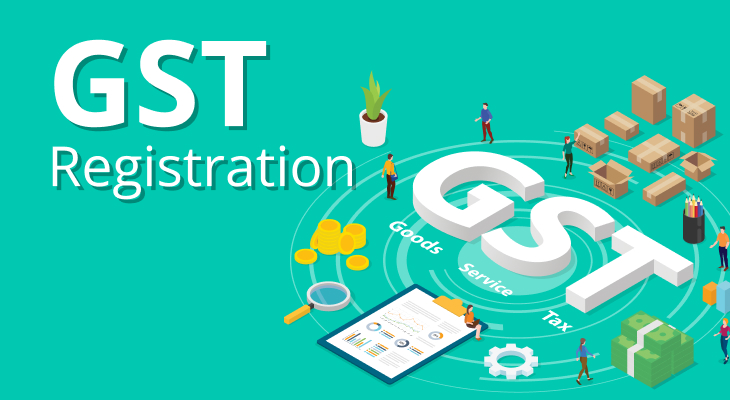Step-by-Step Guide to GST Enrollment: Whatever You Required to Find Out About the Application Refine

Eligibility Standards for GST Registration
Fulfilling the qualification standards for GST enrollment is a basic demand for businesses operating in India. As per the Goods and Services Tax Obligation (GST) law, entities associated with the supply of items or solutions have to sign up for GST if their yearly turn over surpasses the prescribed limit. For regular services, this threshold is set at 40 lakhs for goods vendors and 20 lakhs for provider. In addition, particular special group states have a reduced limit of 10 lakhs. Moreover, companies associated with inter-state supply, informal taxable persons, non-resident taxed persons, and those called for to pay tax obligation under the reverse cost mechanism should also sign up for GST, irrespective of their turn over.
Additionally, specific services such as e-commerce operators, agents of a distributor, input solution distributors, and people providing by means of ecommerce systems are likewise needed to sign up for GST, regardless of their turn over. Comprehending and satisfying these qualification standards are crucial steps for organizations seeking to adhere to the GST policies in India.
Required Records for Application
When obtaining GST enrollment, businesses require to supply particular files to finish the application procedure efficiently and properly. The called for documents differ depending upon the kind of company entity looking for registration. For a single proprietorship, the papers normally include the proprietor's PAN card, Aadhaar card, address proof of the business, savings account statements, and pictures. Collaboration firms require to send partnership act, PAN cards of partners, Aadhaar cards, address evidence of the major place of organization, savings account statements, and pictures. Firms should give their Certification of Unification, Memorandum of Organization, Articles of Organization, frying pan cards of supervisors, Aadhaar cards, address proof of the registered workplace, financial institution declarations, and photos. Furthermore, all entities need to send evidence of the place of company, like rental agreement or electrical power bill, and permission kinds. Ensuring that all necessary documents are in order and sent properly is important for a smooth GST registration process.
Step-by-Step Application Process
To successfully finish the GST registration process, companies should follow a structured detailed application procedure. The primary step is to visit the GST online website and click on the 'Provider' tab, followed by 'Registration' and after that 'New Registration.' Next off, give the essential details such as the lawful name of the service, FRYING PAN, email address, mobile number, and state in which business lies. After entering the details, an OTP will discover this be sent to the signed up mobile number and email for confirmation. When the OTP is validated, a Short-lived Recommendation Number (TRN) is generated which can be utilized to conserve the application and return to it later.

Recognizing GST Registration Costs
Understanding the fees associated with GST registration is crucial for businesses looking for conformity with tax obligation laws. The GST enrollment costs differ depending on the kind of organization entity making an application for enrollment. For routine taxpayers, the charge is 1000, divided equally between the Central and State Federal Governments. For businesses running in several states, the fee is 5000, additionally separated in between the Central and State Federal Governments. In the situation of laid-back taxpayers or non-resident taxpayers, the registration fee is 5000. In addition, certain entities are excluded from paying the enrollment cost, such as input solution suppliers, UN bodies, embassies, etc. It's vital for organizations to consider these enrollment fees when planning their conformity budget plan. Failure to pay the requisite fees can bring about delays in the enrollment procedure and non-compliance with GST policies, leading to penalties and lawful repercussions. Understanding and budgeting for these charges are integral components of the GST registration procedure.
Staying Clear Of Common Application Errors
In browsing the GST enrollment procedure, avoiding usual application errors is vital for click to find out more businesses aiming to improve compliance treatments and stay clear of possible obstacles. In addition, businesses often overlook the importance of choosing the proper company structure throughout enrollment. By thoroughly reviewing and confirming all info supplied during the GST enrollment application, organizations can reduce these usual errors and assist in a smoother enrollment process.
Verdict
In final thought, recognizing the eligibility requirements, required documents, application process, charges, and typical blunders to avoid are important action in effectively registering for GST. By complying with the step-by-step guide offered, services can ensure a smooth and company website reliable application process. It is necessary to abide by the guidelines established forth by the authorities to avoid any type of delays or complications in the enrollment procedure.

The GST enrollment costs vary depending on the type of service entity applying for enrollment. In addition, businesses often ignore the value of choosing the right business framework during enrollment - Get your GST registration done today in Singapore. By very carefully assessing and double-checking all information given during the GST registration application, companies can minimize these typical mistakes and assist in a smoother registration procedure
Comments on “Effortlessly Get Your GST Registration Done Today in Singapore with Our Specialist Assistance”